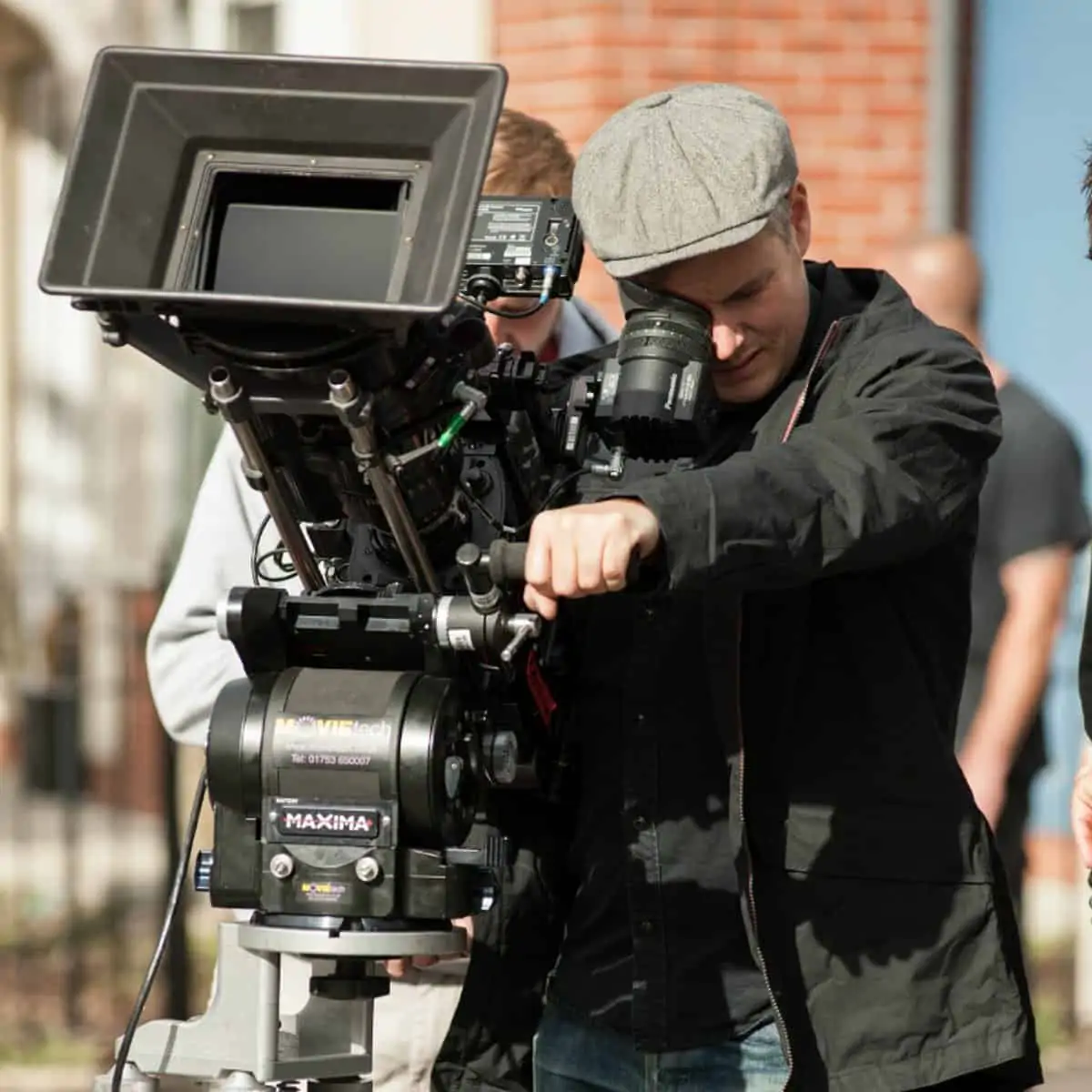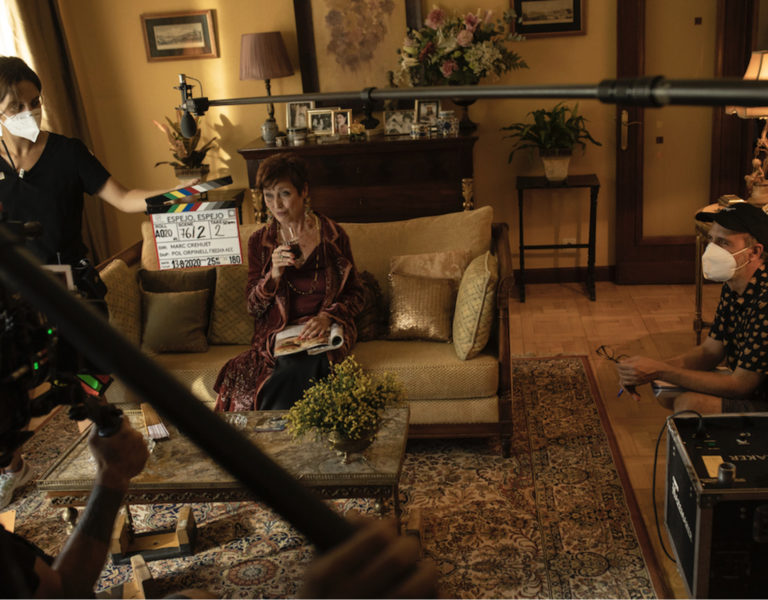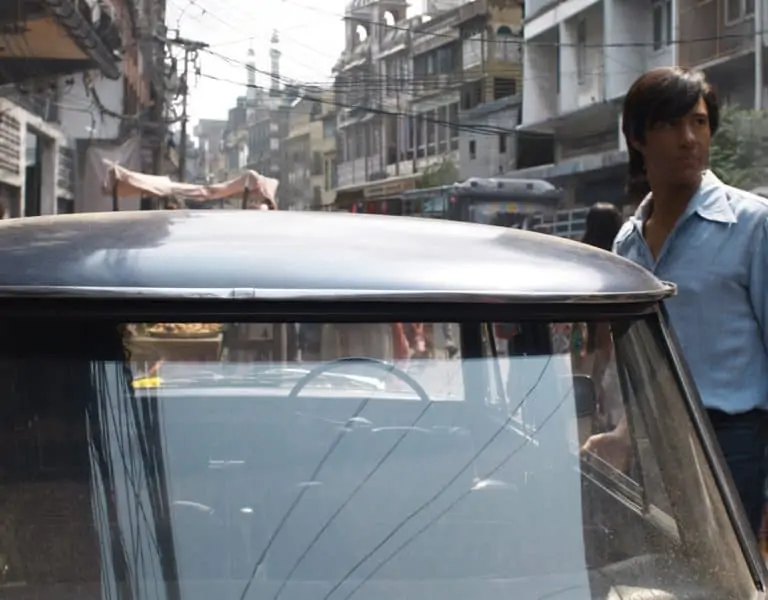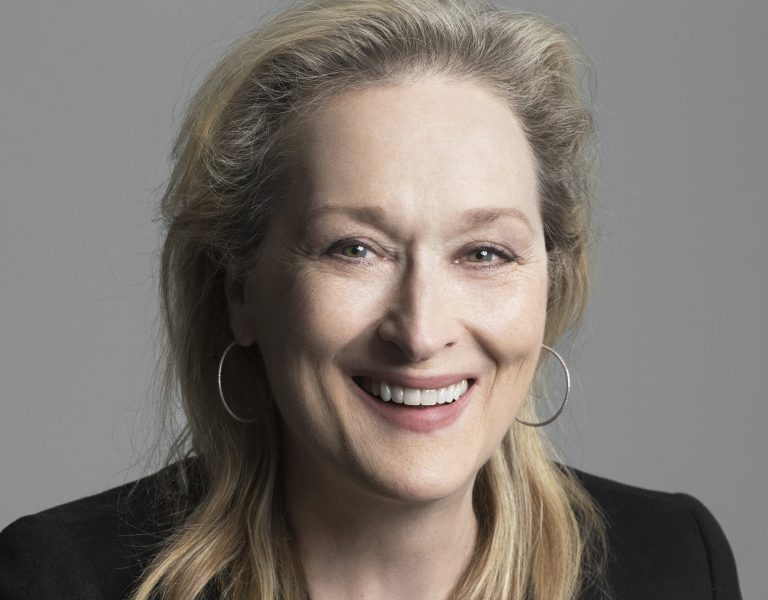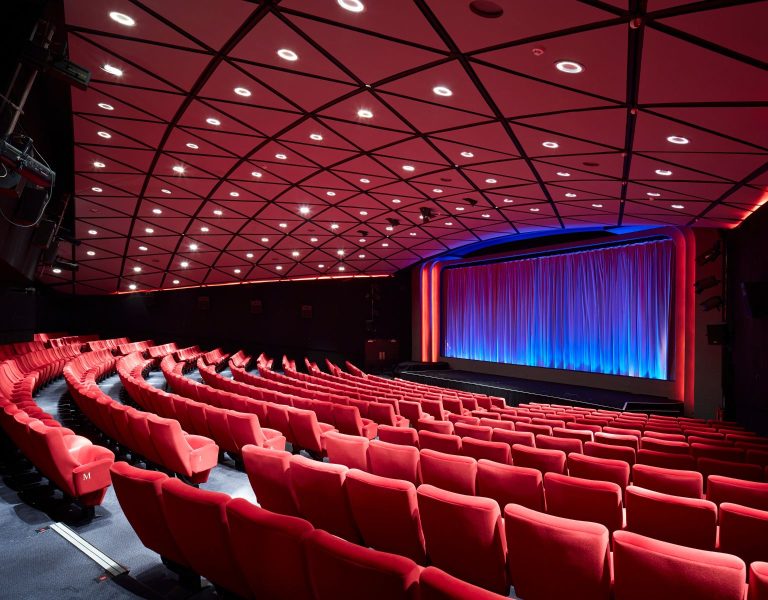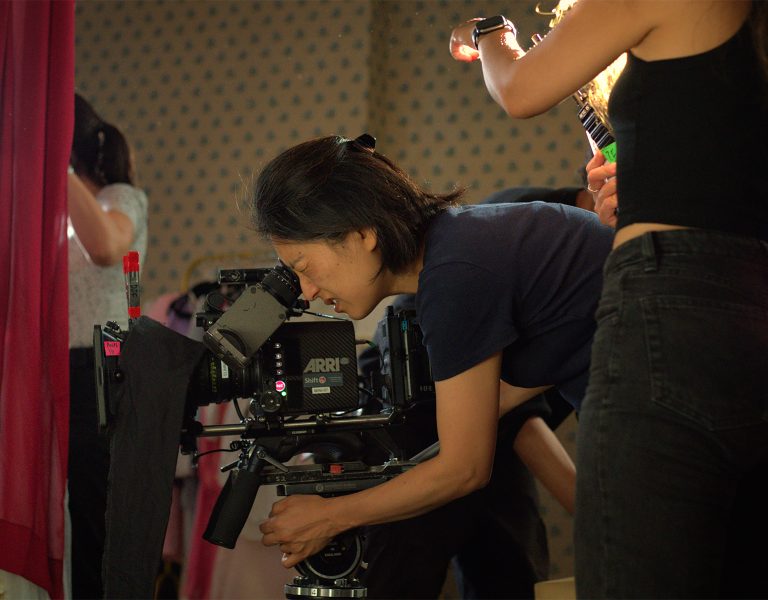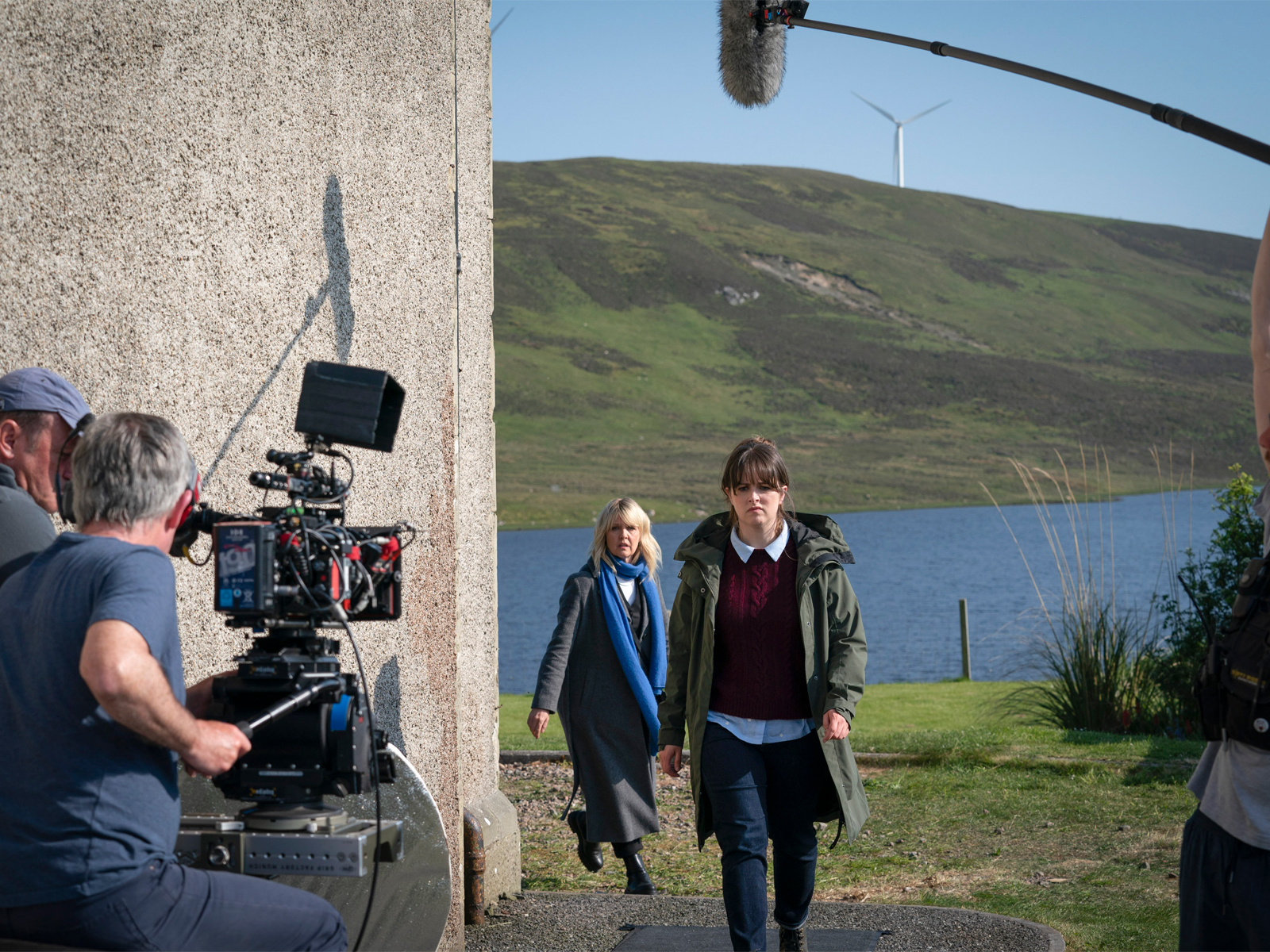
Blazing Griffin’s Jon Bruce takes us behind the scenes on the challenges and innovations in picture post that define the visual storytelling of this acclaimed BBC crime drama.
In its eighth season, the acclaimed Scottish crime drama 6×45 series ‘Shetland’ introduces Ashley Jensen as DI Ruth Calder alongside an established cast including Alison O’Donnell (Tosh), Steven Robertson (Sandy), Lewis Howden (Billy) and Anne Kidd (Cora). This season continues to draw inspiration from Ann Cleeves’ novels, with a gripping narrative set both in Shetland and London.
Graded, conformed and finished in DaVinci Resolve Studio, senior colorist Jon Bruce led the picture post at Blazing Griffin, collaborating closely with cinematographers Bjørn Bratberg and Alasdair Boyce.
“My work with Bjorn infused a fresh Scandinavian touch. We developed distinct visual treatments for Shetland and London scenes to enhance the storytelling,” begins Jon Bruce.
He continues, “We developed a LUT with a film emulation look which we could fade and contrast to create the right balance. However, the series starts in London and so we built a separate LUT for those scenes that felt truer to the vibrancy of the city using some richer tones and colours,” Bruce explains.
Bratberg, who shot the series using a large format sensor, conducted camera tests early in pre-production to maximise the time once on set in the Shetland’s, Scotland.
DIT James Hogarth managed the dailies on set, applying the series LUT to ensure the look was translating as intended and maintained the visual style under changing conditions.
“Shetland is notorious for ever changing conditions, with bright evenings and few hours of darkness as the summer approaches. There was a requirement for a lot of day for night scenes later in the shoot, which required testing and monitoring in the grade to ensure scenes could be matched to earlier episodes and flashback moments filmed across different blocks.
The series was split into two blocks where some of the crew changed over at the midpoint of the series which made clear communication and project sharing essential between the production and post production teams. “Presentations via Blackmagic Cloud was a game changer for us on this project. I could link an iPad and livestream the project to multiple devices at the same time for remote viewing. This helped to lead the directors on both blocks and kept us all on the same wavelength.”
Although the team had crafted a plan for the series look, elements shifted to aid the storytelling process. The narrative’s evolution, particularly at Bain’s farmhouse, demanded a visually darker tone to reflect the storyline’s progression. “We gradually intensified the visual darkness at the farmhouse to mirror the narrative’s deepening complexity,” he explains.
Series eight also rested on a number of flashbacks to help develop the lead characters backstory, which proved to be a challenging yet enjoyable experience for Bruce. “I had to build a look that separated the past and present for viewers,” he explains. “Delving deep into the grade, I used film grain and defocus techniques to subtly differentiate between the time periods.”
“Bruce continues, “The 3D Keyer tool in Resolve has been amazing for achieving precision and toning down the brighter areas where needed. Likewise, the Magic Mask has really become one of my favourite tools. I hadn’t used it prior to this project, but it saved me time and really helped when it came to isolating characters.”
The sign off process involved Bruce and the DP coming together remotely with the producers and the BBC using Frame.io to review and share their thoughts on the work. “It was a great team to be involved with and the free flow of communication along with Blackmagic Cloud’s Presentation kept everyone on the same page throughout.”
Shetland series eight is available on BBC iPlayer.


